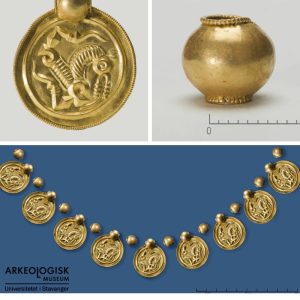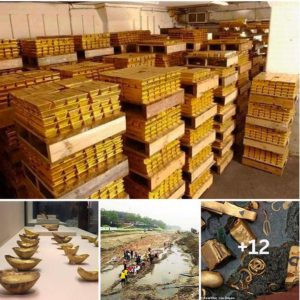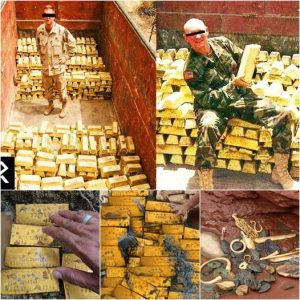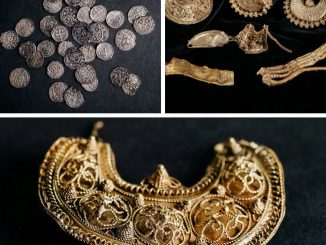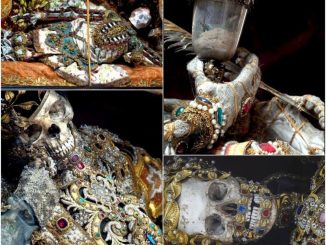The tomb, which dates to around A.D. 750-800, was found at the archaeological site of El Caño, in Coclé Province, in the Central American nation of Panama the country’s Ministry of Culture announced in a press release.
This site is home to a necropolis—or large cemetery—of the pre-Hispanic Gran Coclé culture, which was constructed around A.D. 700 before being abandoned in A.D. 1000. This culture existed in the region from around 200 B.C. to A.D. 1550, according to the University of South Florida.
“El Caño was the scene of lavish funerals with a complex liturgy that included human sacrifice, and whose ultimate goal was the worship of ancestors and the sacralization of the place,” Julia Mayo, director of the El Caño Foundation and the archaeological project that has been conducting excavations at the site since 2008, told Newsweek.
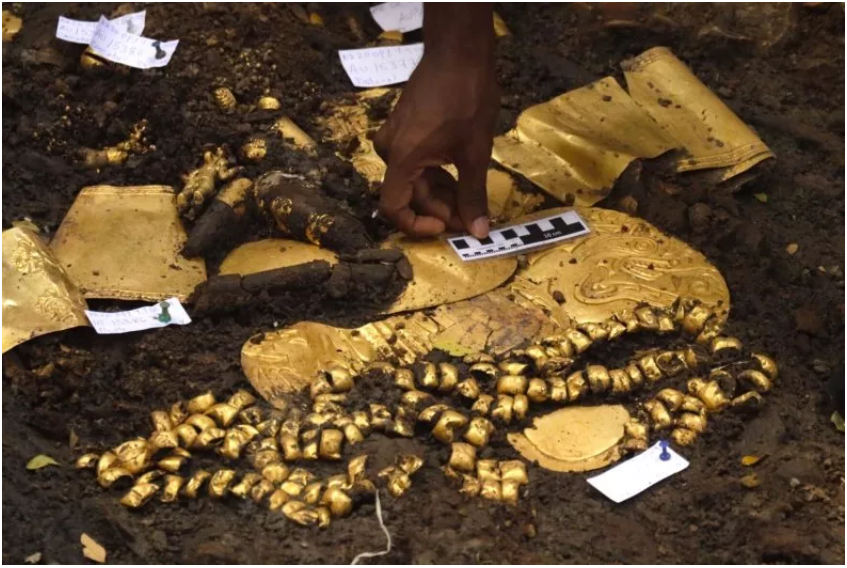
Archaeologists unearthed a number of artifacts in the tomb, primarily ceramics, but also several gold objects. These include two belts made from spherical gold beads, four bracelets, two earrings in the shape of human figures (a man and a woman), an earring in the shape of crocodile, five earrings made with sperm whale teeth featuring gold sheaths, bells and a set of circular gold plates, the ministry said.
In addition, researchers found other artifacts including one item made from dog teeth and a set of flutes made from bones.
Linette Montenegro, national director of heritage with the Ministry of Culture, said in the press release that the assemblage of gold artifacts was of “incalculable” historical and cultural value.
The tomb appears to have belonged to a high-status adult male—a great lord—according to Mayo. The remains of an adult male between 30 and 40 years old—thought to be its main occupant—were found in the tomb alongside the grave goods. Archaeologists have dubbed him, “Lord of the Flutes.”
It seems likely that this individual may have been some kind of religious leader given the nature of the objects he was buried with, such as the flutes and bells, Mayo told Newsweek. The burial of a military leader, for example, would be expected to contain axes, spears and grave goods made with the teeth of large predators, such as the jaguar or puma.
